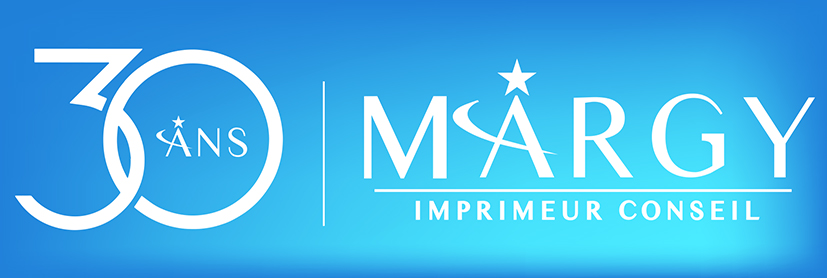Far from being outdated, samples are still a sure thing in marketing. Digital technologies are widening the field of possibilities: they are opening the way to hyper-quality, ultra-personalised samples that enhance a company’s image and establish a new closeness with consumers.
Communication through samples creates a bond of trust
Today’s consumers are over-solicited, over-informed and constantly on the lookout for new experiences. They are also distrustful and no longer believe the rhetoric of brands: to be convinced, they want to see, touch and smell… By allowing them to test the product before buying, companies that opt for sample marketing fully meet their expectations. According to a survey of 1,500 French people carried out in 2016 by CSA for Mediapost Publicité, 50% of them use the products offered as samples, more than 6 out of 10 testers find out more about these items at a later date and 84% sometimes buy them. In Japan, samples have even become a business model in their own right: shops called Sample Lab, which focus entirely on “tryvertising” (communication through product testing), offer their subscribers extracts of all kinds of products (cosmetics, food, etc.), in exchange for comments that enable client companies to promote and develop their offering.
The sample becomes augmented and connected
The simple sachet stuck between two pages of a magazine is a thing of the past. Like all products, samples now need to create a “wow effect” if they are to be effective. By revolutionising printing processes, digital technology is transforming the traditional approach to sample advertising. The latest technologies on show at the Pack & Gift trade fair (dedicated to event packaging and merchandising), held in Paris on 21 and 22 June, illustrate these new possibilities. For example, D’Haussy, a printer based in the Lower Rhine region of France, presented an astonishing global solution for enriched samples, which enables packaging to be ultra-personalised and integrated with augmented reality: using a smartphone that recognises the sample, prospects can continue their discovery of the brand online, well beyond the simple test. This technology, which can be adapted to all kinds of products, combines a number of innovations: paper connectivity (developed in-house by the printer), high-tech printing, etc.
On-demand samples for precise targeting
While digital technology is a new asset for printing and personalising samples and their packaging, it also enables prospects to be targeted more effectively. More and more brands, particularly cosmetics brands, are offering a sample on demand, which consumers can order online after registering on their website and entering various details (e-mail, age, profile, etc.). In this way, the company achieves a double effect: it recovers valuable data on its target audience and makes significant savings, by only sending its samples to those who are interested in them (and are therefore potential buyers). This type of marketing is particularly popular with the French: according to the CSA / Mediapost Publicité study, 37% of them have already requested a sample in this way, after discovering a product on the web (social networks, discussion forums) or on television. In an interview with LSA magazine in 2016, Lancôme stated that this method had the best return on investment of all its (many) advertising campaigns.
Other articles :
- Promotional products, a powerful tool for boosting your sales
- Connected packaging is a hit
 01 44 52 02 02
01 44 52 02 02
